Beyond the well-traveled shores of Santorini, Ibiza, and Capri lies the Mediterranean, dotted with lesser-known islands that offer authentic experiences without the crowds. These hidden gems maintain traditions and landscapes increasingly rare in their more famous neighbors, providing visitors with genuine connections to Mediterranean cultures.
Here is a list of 20 Mediterranean islands that remain relatively undiscovered despite offering extraordinary experiences ranging from pristine beaches to ancient ruins and distinctive local cuisines that are worth traveling far to taste.
Aeolian Islands
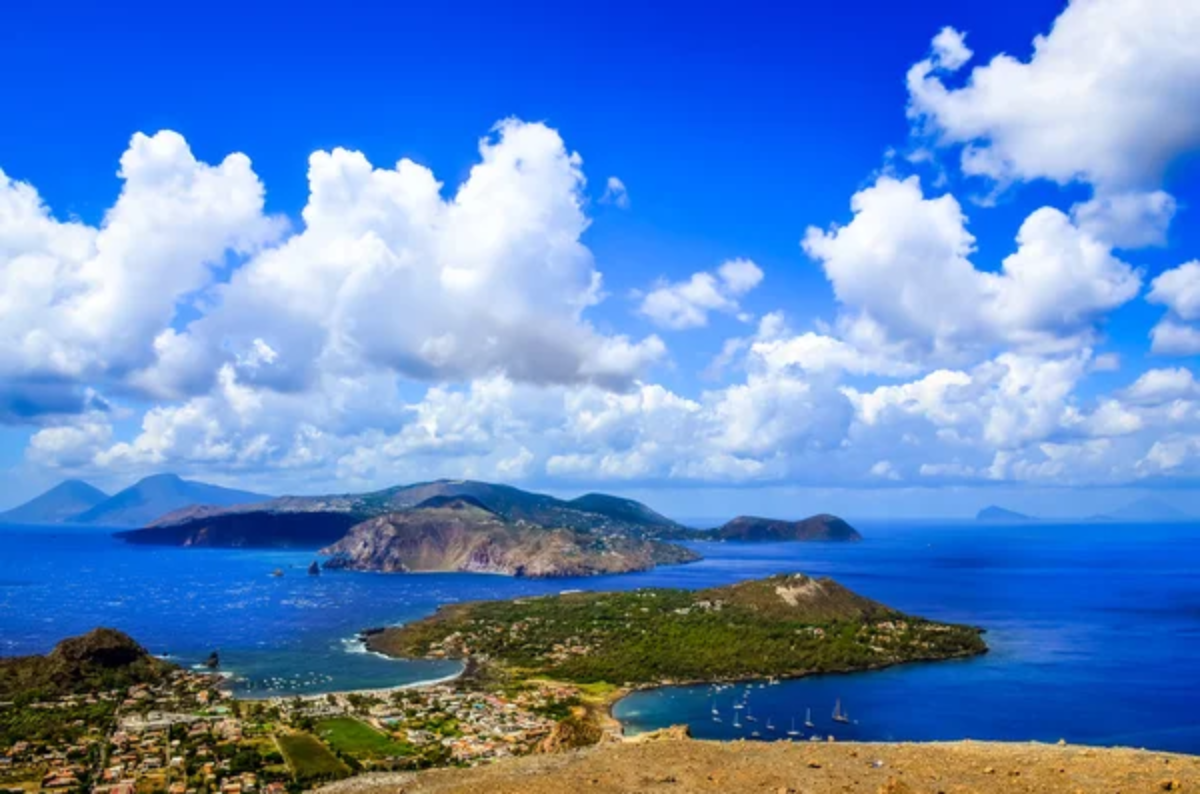
Italy’s volcanic archipelago north of Sicily boasts seven distinct islands with dramatically different characters. Stromboli features Europe’s most consistently active volcano, where evening hikes reveal spectacular natural fireworks as molten lava erupts against night skies.
Nearby, Panarea attracts a discreet jet-set crowd, avoiding Capri’s spotlight, while Salina offers lush mountain landscapes covered with capers and Malvasia vineyards. The islands remain connected primarily by small ferries rather than bridges, helping them maintain their identities despite growing tourism interest.
Vis

Croatia’s most distant inhabited island remained closed to foreign visitors until 1989 due to being used as a Yugoslav military base, preserving it from earlier tourism development. The island’s isolation helped maintain traditional fishing villages and family-owned vineyards, producing distinctive wines from indigenous grape varieties.
Limestone caves and clear waters draw divers exploring shipwrecks spanning centuries of Mediterranean maritime history. The 2018 film “Mamma Mia! Here We Go Again” used Vis as a stand-in for fictional Greek locations, bringing unwelcome attention to this formerly secret paradise.
Like Travel Pug’s content? Follow us on MSN.
Ikaria
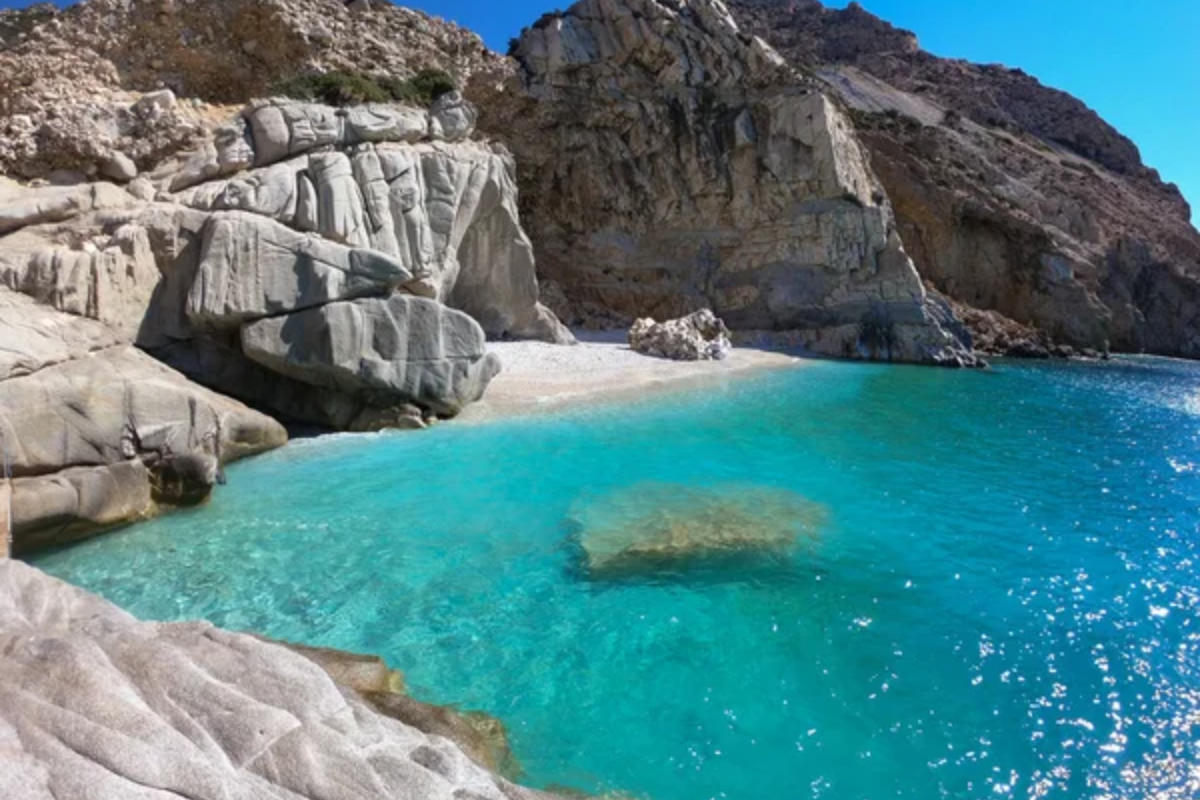
This Greek island gained international attention for its unusual concentration of healthy centenarians living in mountain villages. Local lifestyle habits include afternoon naps, moderate daily exercise, and consumption of honey-herb tea mixtures following traditions stretching back centuries.
The island’s steep topography created historically isolated communities with distinct dialects still noticeable in older residents’ speech patterns. Festivals featuring traditional violin music typically begin at midnight and continue until dawn—evidence of the locals’ famously relaxed approach to timekeeping.
Karpathos

Between tourist magnets Crete and Rhodes lies this mountainous Greek island where women in the village of Olympos still wear colorful traditional clothing daily rather than just for tourists. The island’s remote location preserves distinctive architectural styles, featuring brightly painted houses climbing steep hillsides above the Aegean.
Its local dialect includes words dating to ancient Dorian Greek lost elsewhere in the modern language. Strong winds along the western coast create world-class windsurfing conditions that draw athletes while keeping casual beach tourism relatively limited.
Gozo

Malta’s sister island moves at a notably slower pace than its larger, more developed neighbor, just a 25-minute ferry ride away. Neolithic temples dating back to Egypt’s pyramids by over 1,000 years dot the landscape, alongside Baroque churches built by the Knights of Malta.
The coastline features naturally formed swimming areas where crystalline waters fill limestone depressions, creating perfect bathing spots. The island’s culinary traditions include gbejniet (sheep cheese rounds) and pastizzi (savory pastries) are still prepared using methods passed through generations of local families.
Like Travel Pug’s content? Follow us on MSN.
Kythira
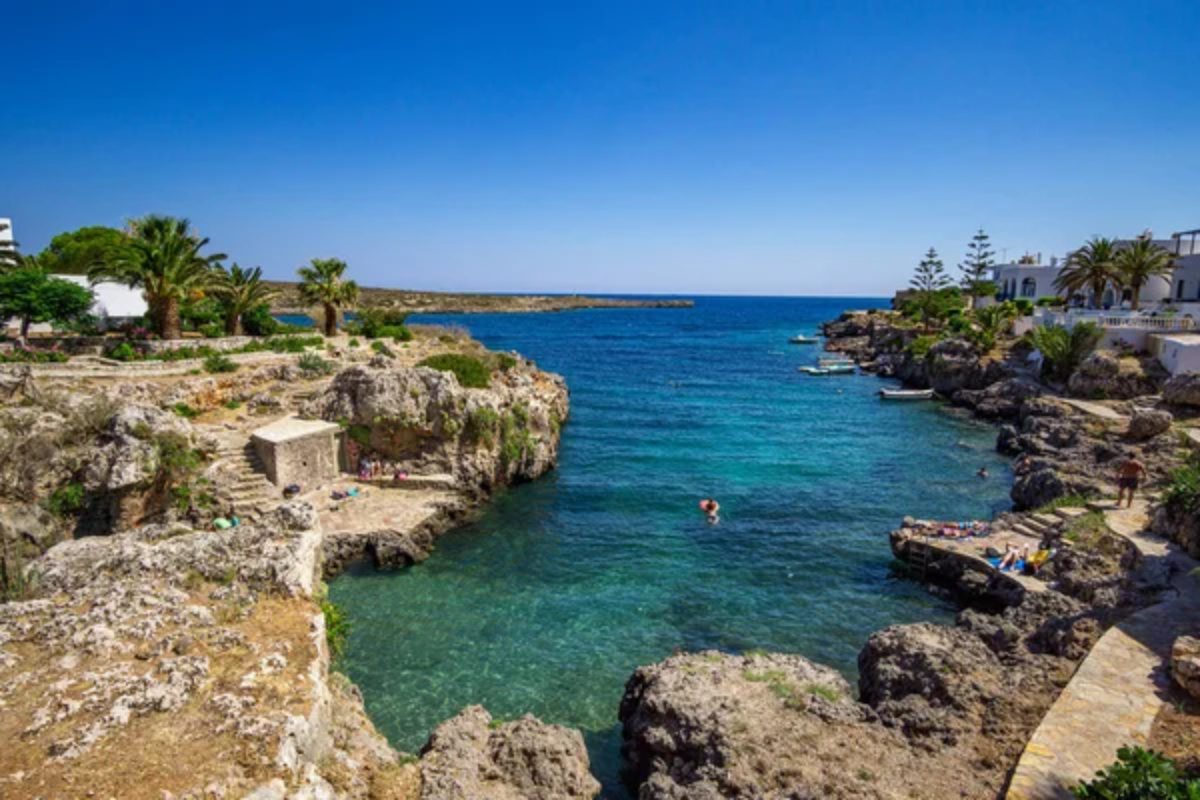
Despite its location between the Peloponnese and Crete along major Mediterranean shipping routes, this Greek island remains remarkably untouched by mass tourism. The landscape features waterfalls cascading directly into the sea near the village of Mylopotamos, while abandoned stone settlements tell stories of past prosperity.
Local cuisine shows unusual Venetian influences, reflecting the island’s complex political history as it changed hands repeatedly between empires. Evening meals typically include tsirigotiko krasi (local wine) served in copper mugs according to traditions maintained for generations.
Elba
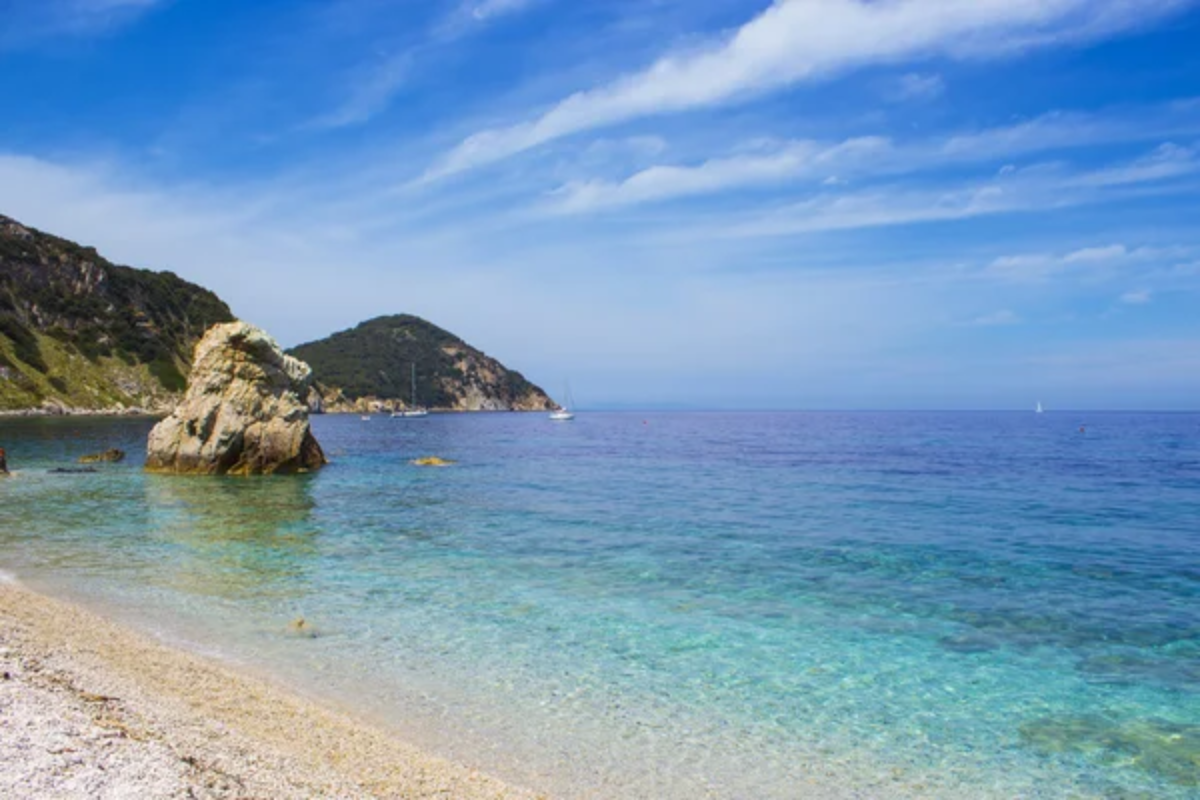
Napoleon’s famous place of exile offers landscapes varying from mountains exceeding 3,000 feet to perfect beaches within an area smaller than most major cities. The island’s mineral deposits created unusual beach compositions, including black magnetic sand at Topinetti and striking green stones at Patresi.
Local cuisine features stockfish prepared according to recipes developed when salt preservation proved difficult on the humid island. Despite its proximity to mainland Italy, the island maintains distinctive traditions, including festivals celebrating historical events from its complicated political past.
Bozcaada

Turkey’s wine island sits near the entrance to the Dardanelles, producing distinctive vintages from local Karalahna and Kuntra grape varieties. The fortress dominating the harbor reflects centuries as a strategic naval position fought over by numerous empires.
The island maintains both Turkish and Greek cultural influences visible in architecture, cuisine, and local traditions despite political tensions between the nations. Whitewashed Mediterranean buildings with blue trim contrast dramatically with the 15th-century Ottoman castle, constructed using stones from ancient Greek ruins.
Like Travel Pug’s content? Follow us on MSN.
Cabrera
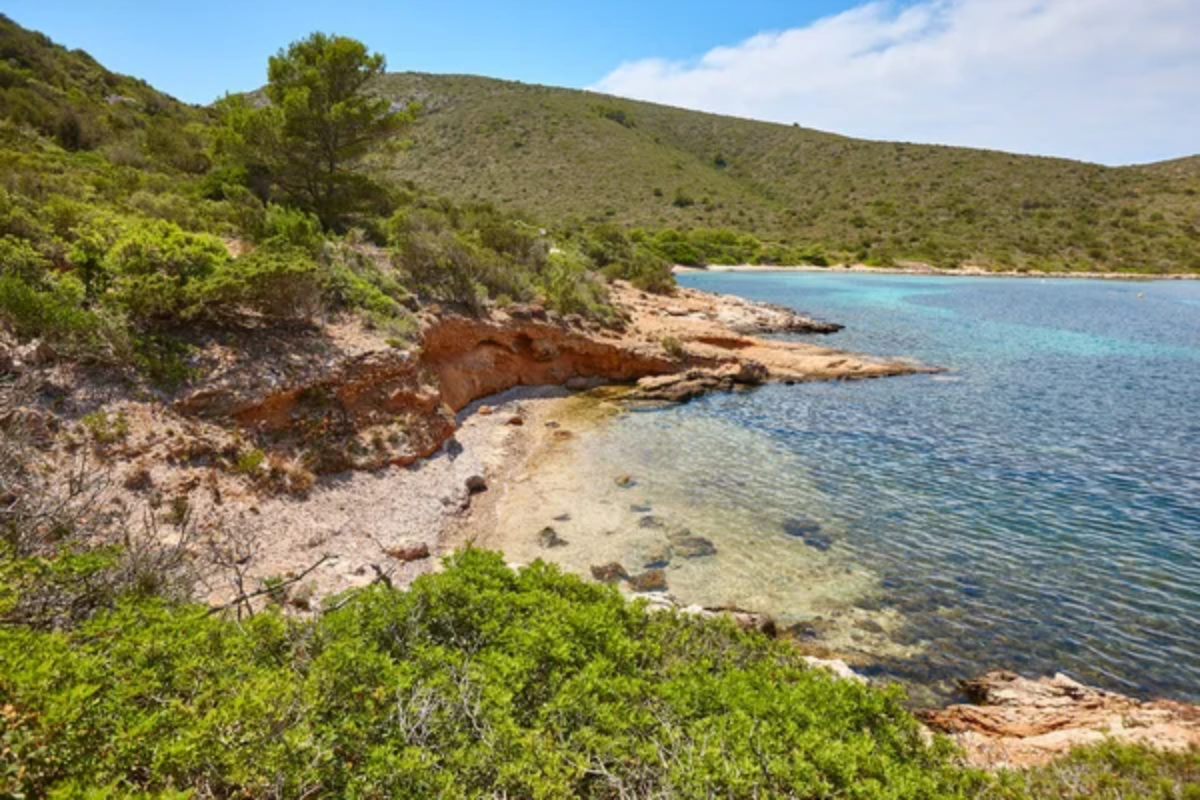
Spain’s marine national park encompasses this uninhabited island and surrounding waters south of Mallorca. Strict visitor limitations help maintain ecosystems where endangered Mediterranean monk seals occasionally appear along pristine shorelines.
The island’s single structure, a 14th-century castle, watches over a natural harbor where overnight mooring requires advance permits that are strictly limited to protect marine environments. Bird-watching opportunities prove exceptional, with migrations concentrating numerous species on this strategic stepping stone between Europe and Africa.
Koufonisia
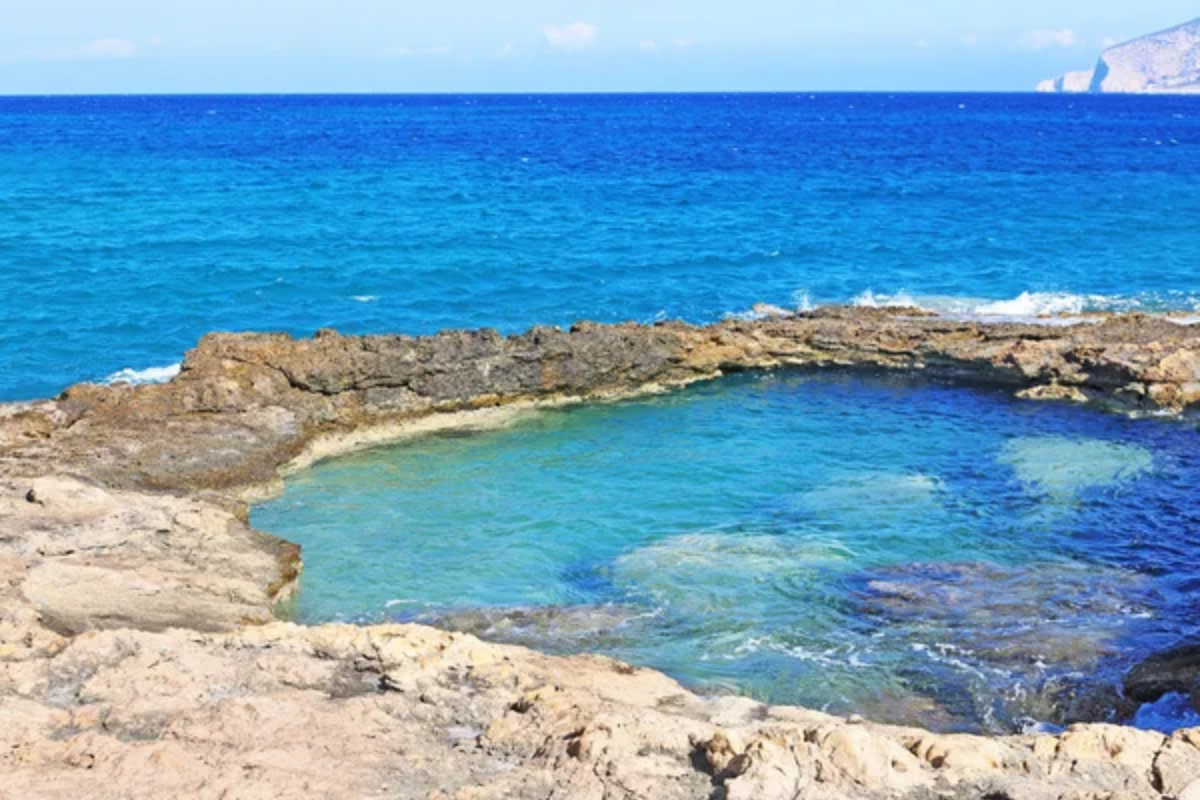
This tiny Greek island pair (Upper and Lower Koufonisia) covers barely 4 square miles combined yet contains some of the Aegean’s most perfect beaches. The islands’ shallow waters create brilliant turquoise colorations visible in aerial photographs that increasingly draw attention to previously overlooked locations.
Traditional fishing remains economically significant, with local tavernas serving catches prepared hours or even minutes after boats return to the harbor. Car-free environments mean transportation happens primarily on foot or bicycle along coastal paths connecting small settlements.
Lastovo
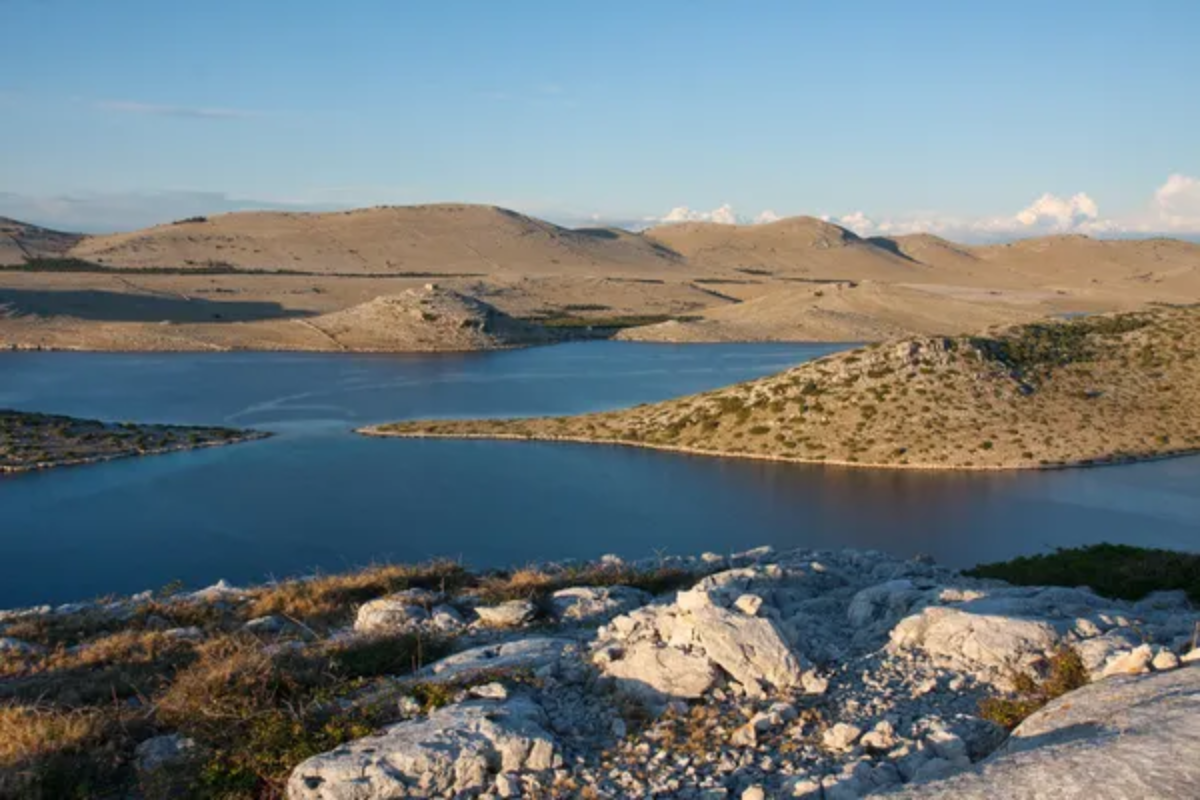
Croatia designated this distant island an official nature park, helping preserve distinctive architectural features, including unusual cylindrical chimneys called fumari. The island’s isolation—nearly three hours by ferry from Split—maintained cultural traditions, including the centuries-old Poklad carnival featuring elaborate traditional costumes.
Dark sky protection creates exceptional stargazing opportunities, with minimal light pollution allowing visibility of astronomical features washed out elsewhere in Europe. Local lobster dishes remain the culinary highlight, prepared according to recipes jealously guarded by island families.
Like Travel Pug’s content? Follow us on MSN.
Folegandros
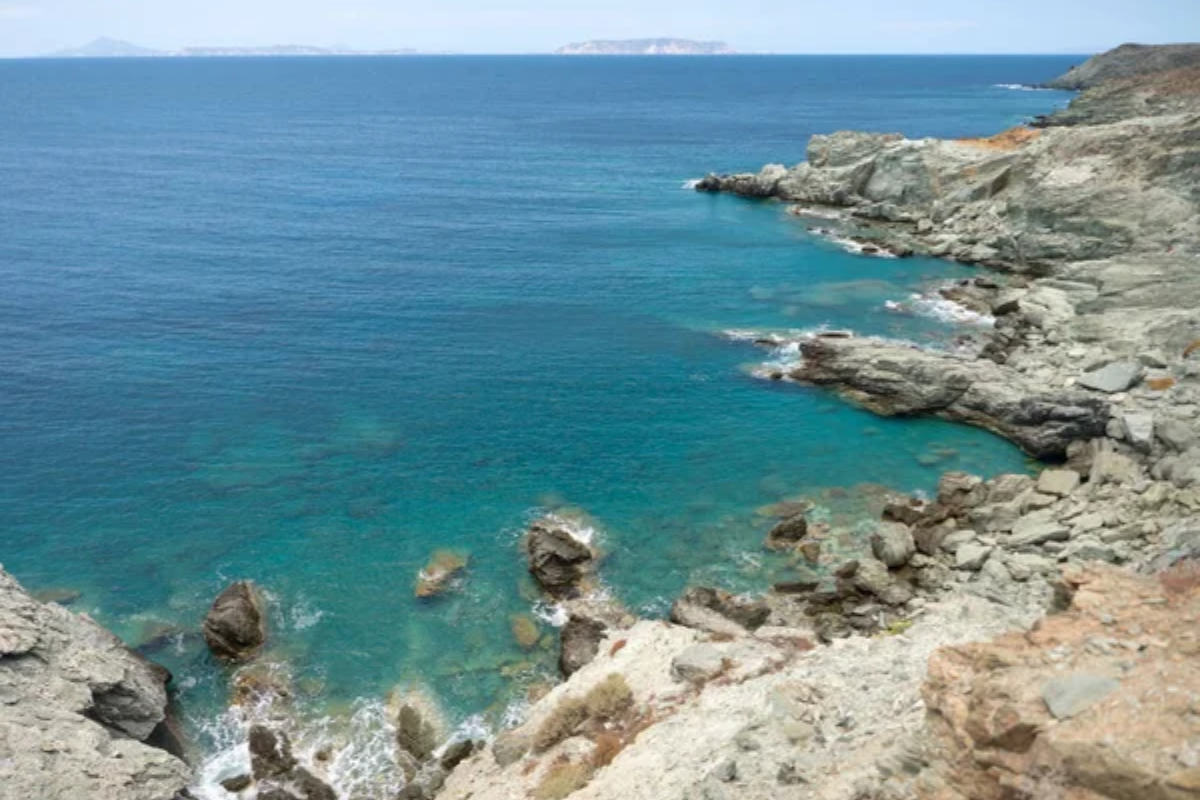
Despite its location in the popular Cyclades island group, this rocky outcrop maintains a traditional character largely lost to neighbors like Mykonos. The main settlement, Chora, perches dramatically at the cliff’s edge, with whitewashed buildings following medieval construction patterns developed for defense against pirates.
The island lacks natural harbors sufficient for large cruise ships, helping maintain its authentic character despite increasing tourism discovery. Local cuisine features matsata – handmade pasta served with rabbit or rooster sauce, following recipes maintained for generations by island families.
Alicudi
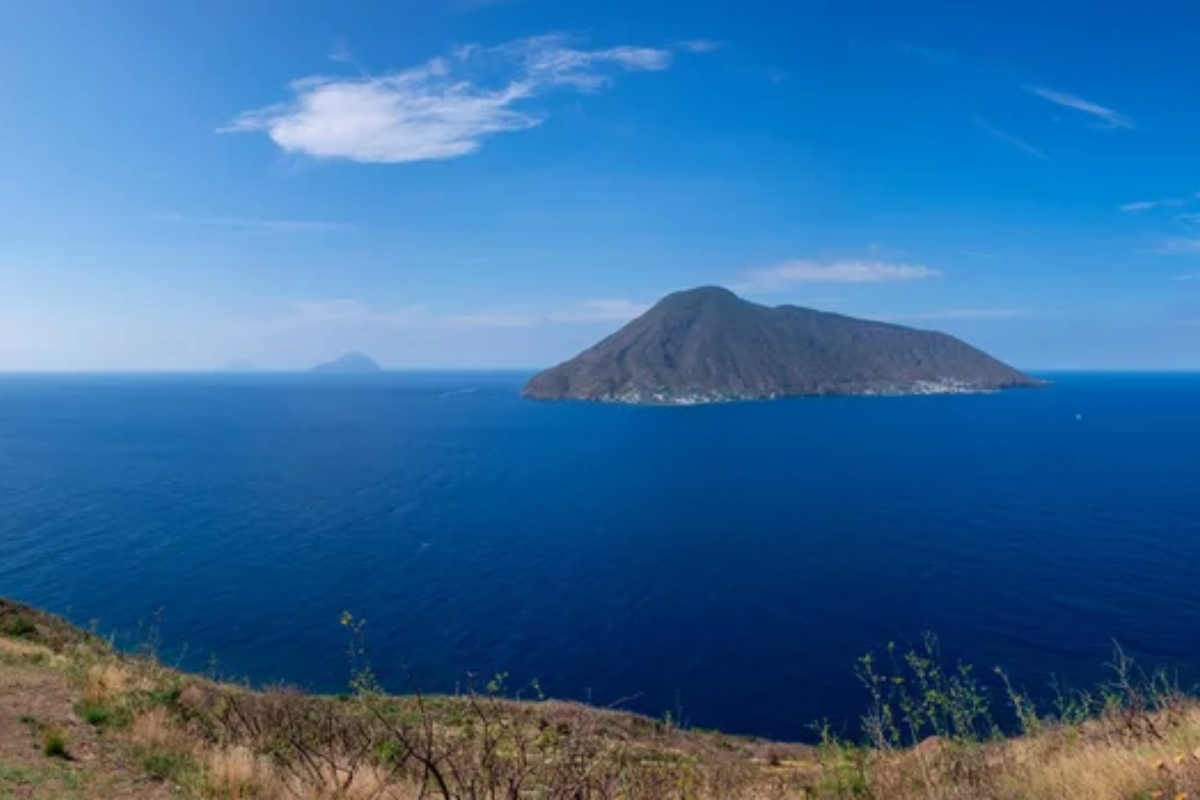
Italy’s most remote Aeolian island exists without cars, roads, electricity grids, or even street lights, providing an increasingly rare Mediterranean experience. Approximately 100 year-round residents maintain traditional subsistence patterns, combining fishing with small-scale agriculture on terraced volcanic slopes.
Mules provide the only transportation option for moving goods from the harbor to hillside homes along stone paths unchanged for centuries. The island’s isolation historically led to unusual local beliefs, including documented cases of ergot-induced hallucinations from contaminated rye, contributing to local folklore about witchcraft.
Porquerolles
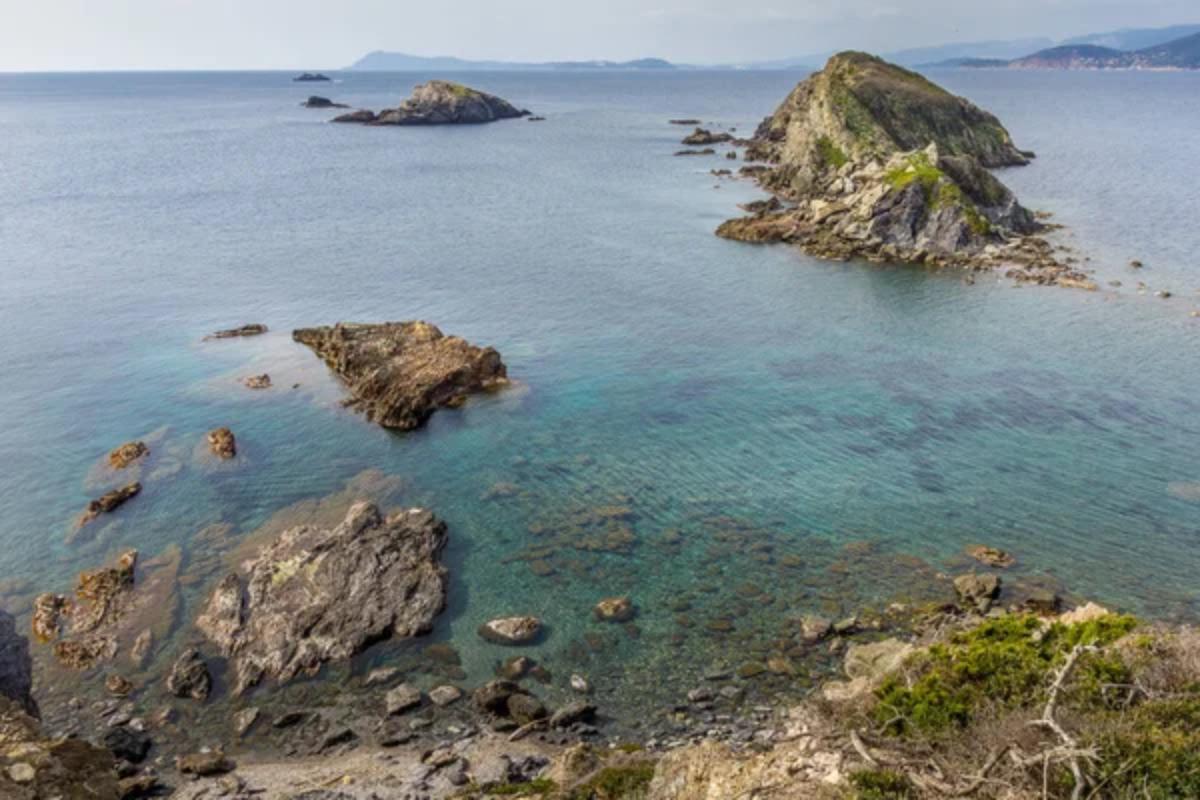
France carefully manages this island national park off the Côte d’Azur through strict development limitations, maintaining traditional character. The government purchased most island’s land in the 1970s to prevent overdevelopment threatening nearby coastal areas.
Vineyards established by military veterans in the early 1900s still produce distinctive wines using techniques focused on environmental sustainability rather than maximum production. Crystal-clear waters surrounding the island support remarkable marine biodiversity protected through conservation zones limiting fishing and anchoring activities.
Like Travel Pug’s content? Follow us on MSN.
Lošinj
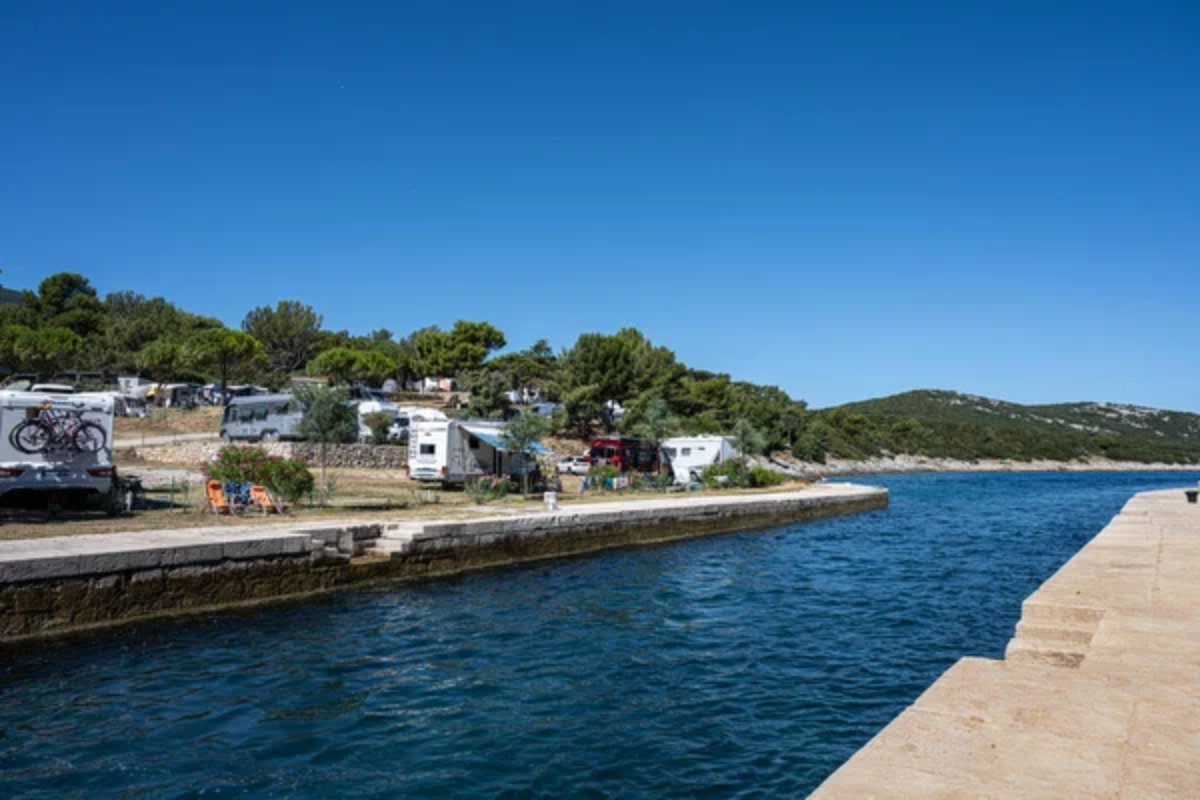
This Croatian island promotes itself as an “island of vitality” based on its historical reputation as a healing destination during the Austro-Hungarian Empire days. Over 1,000 plant species create distinctive aromatic experiences as Mediterranean breezes carry botanical scents across the landscape.
The main settlement, Mali Lošinj, features pastel-colored buildings surrounding a perfect natural harbor where fishing boats mix with increasingly upscale yachts. The island maintains numerous walking paths connecting hidden beaches accessible only by foot or small boat despite tourism development.
Levanzo
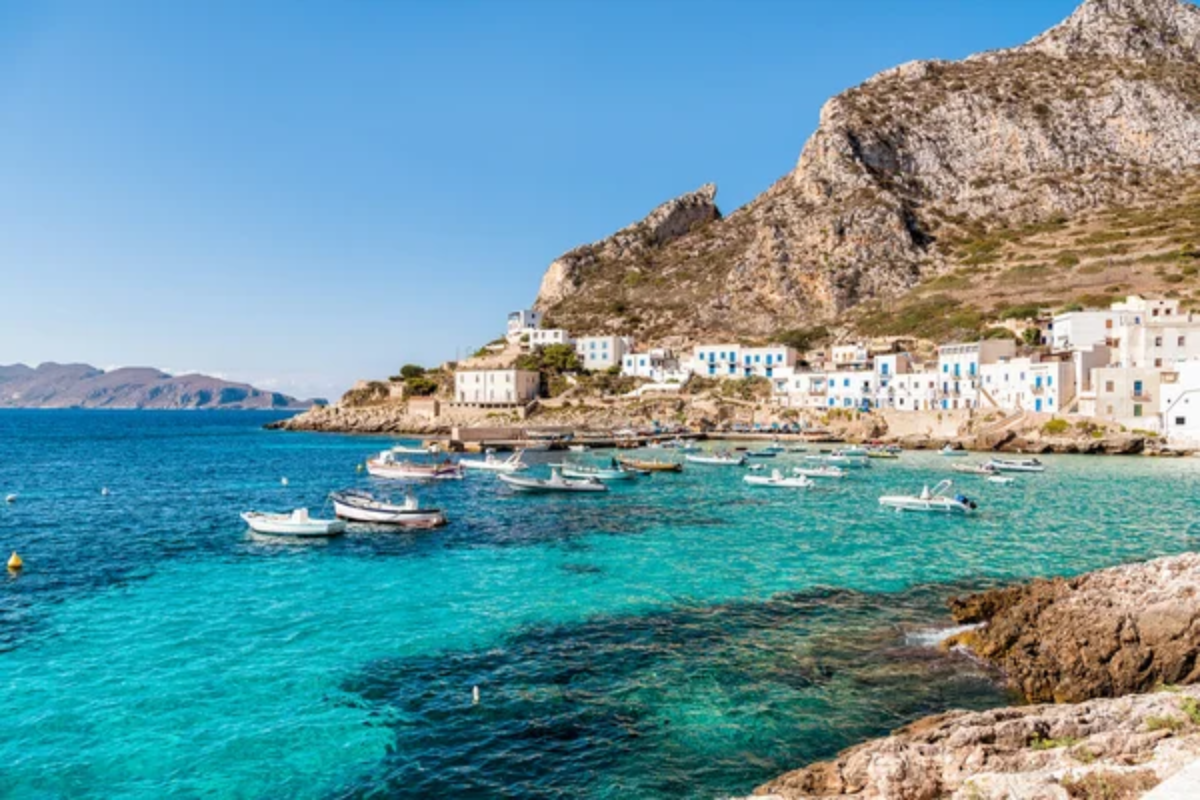
The smallest inhabited Egadi island off Sicily’s western coast remains home to only about 200 year-round residents, despite increasing day-trippers arriving from nearby Trapani. The island’s single settlement consists of whitewashed cubic houses clustered around a small harbor barely large enough for local fishing boats.
Prehistoric cave paintings at Grotta del Genovese depict extinct wildlife and human activities dating back 13,000 years, requiring guided access to protect these fragile archaeological treasures. Traditional tuna processing continues using methods developed centuries before modern refrigeration existed.
Salina

The Aeolian archipelago’s green island stands out among its volcanic sisters, with lush vegetation covering twin mountain peaks. The island provided filming locations for “Il Postino” in settings largely unchanged since the movie’s 1994 production.
Local agriculture specializes in capers and Malvasia grapes, producing distinctive wines with naturally sweet characteristics unique to the island’s volcanic soil composition. Three separate towns maintain individual characters despite their proximity, with distinct architectural and cultural traditions visible across just a few miles.
Like Travel Pug’s content? Follow us on MSN.
Meganisi
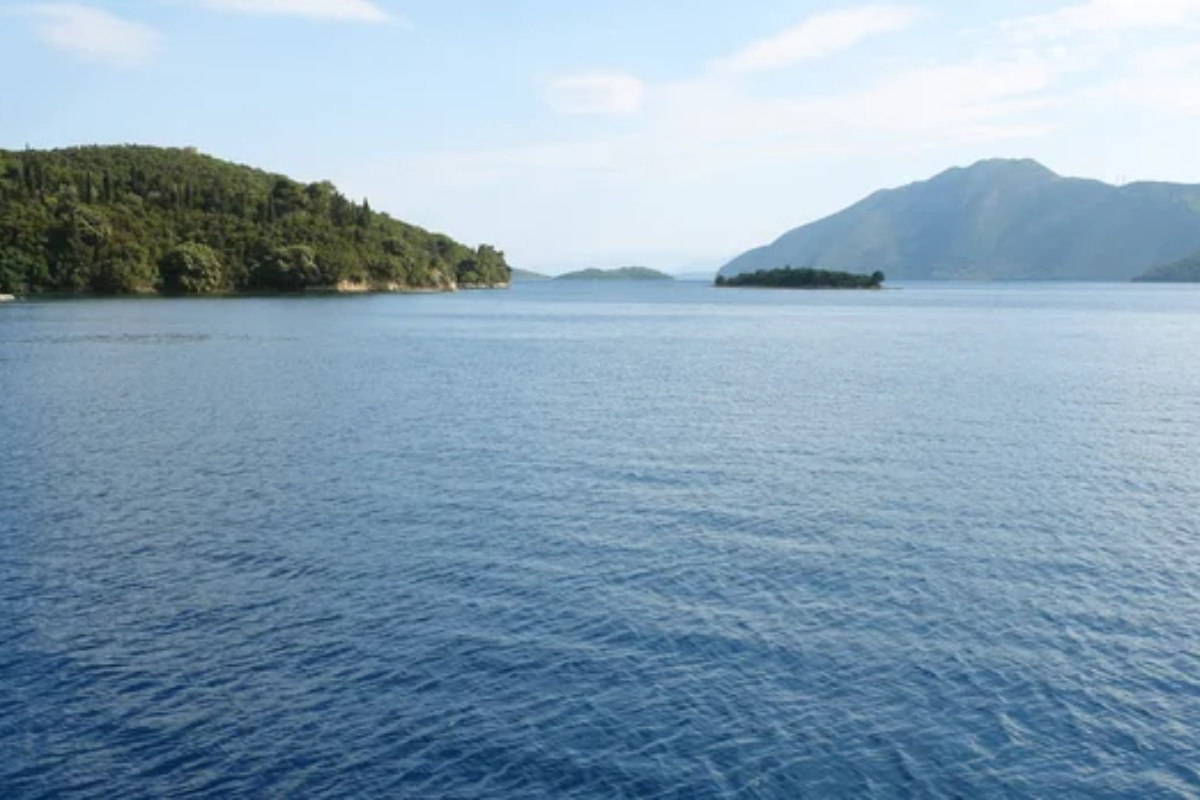
This small Greek island near Lefkada remains genuinely untouched by mass tourism, despite its location in the popular Ionian island group. Traditional boat building continues in waterfront workshops, constructing caiques using techniques passed through generations of master craftsmen.
The island features numerous natural harbors where visiting yachts anchor alongside local fishing boats in protected coves with crystal-clear waters. Footpaths connecting three main villages provide the primary transportation option across surprisingly varied landscapes for such a small island.
Skyros
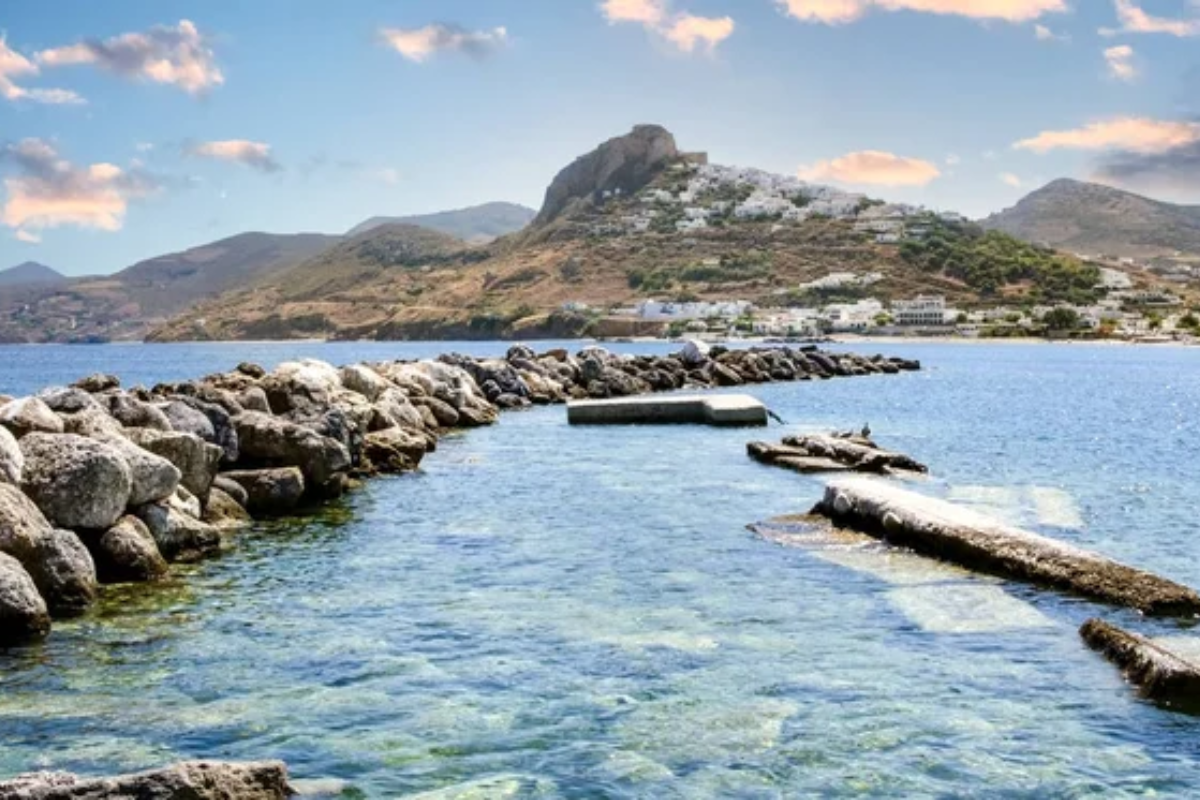
This northern Aegean island maintains distinctive traditions, including Carnival celebrations featuring young men wearing goat bells while dancing through village streets. Local woodcarving traditions produce unique furniture pieces decorated with precisely carved motifs passed down through generations of artisan families.
The island divides dramatically between fertile northern landscapes and rocky southern terrain, suitable mainly for the small native horse breed standing barely 3 feet tall. The traditional architecture features elaborate wooden balconies and interior decorations significantly different from typical Aegean island styles.
Menorca
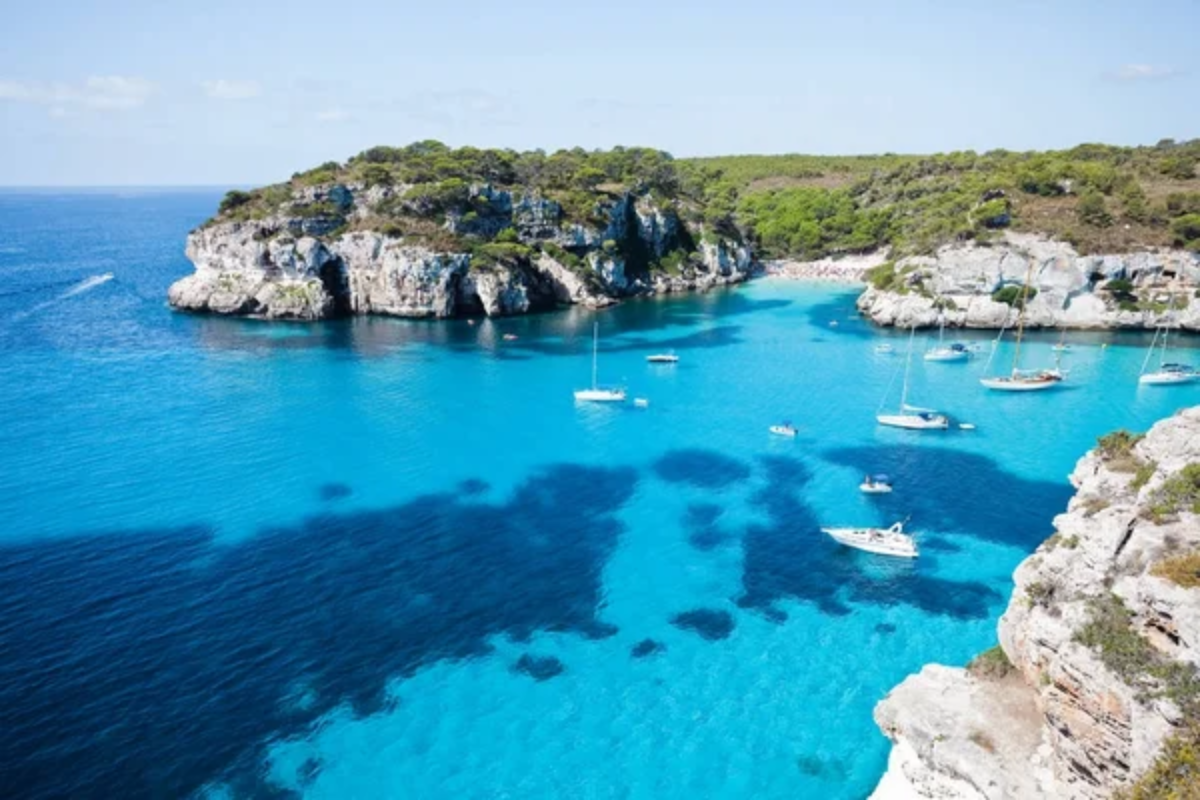
Despite sharing the Balearic island group with party-focused Ibiza, this UNESCO Biosphere Reserve maintains a remarkably different character through deliberate development limitations. Prehistoric stone structures called talayots dot the landscape, with over 1,500 archaeological sites concentrated in this relatively small area.
The island’s coast features unusual cove formations called calas, where perfect semicircular beaches nestle between dramatic limestone cliffs. Traditional gin production continues using copper stills introduced during British administration periods in the 18th century.
Like Travel Pug’s content? Follow us on MSN.
Between Past and Future
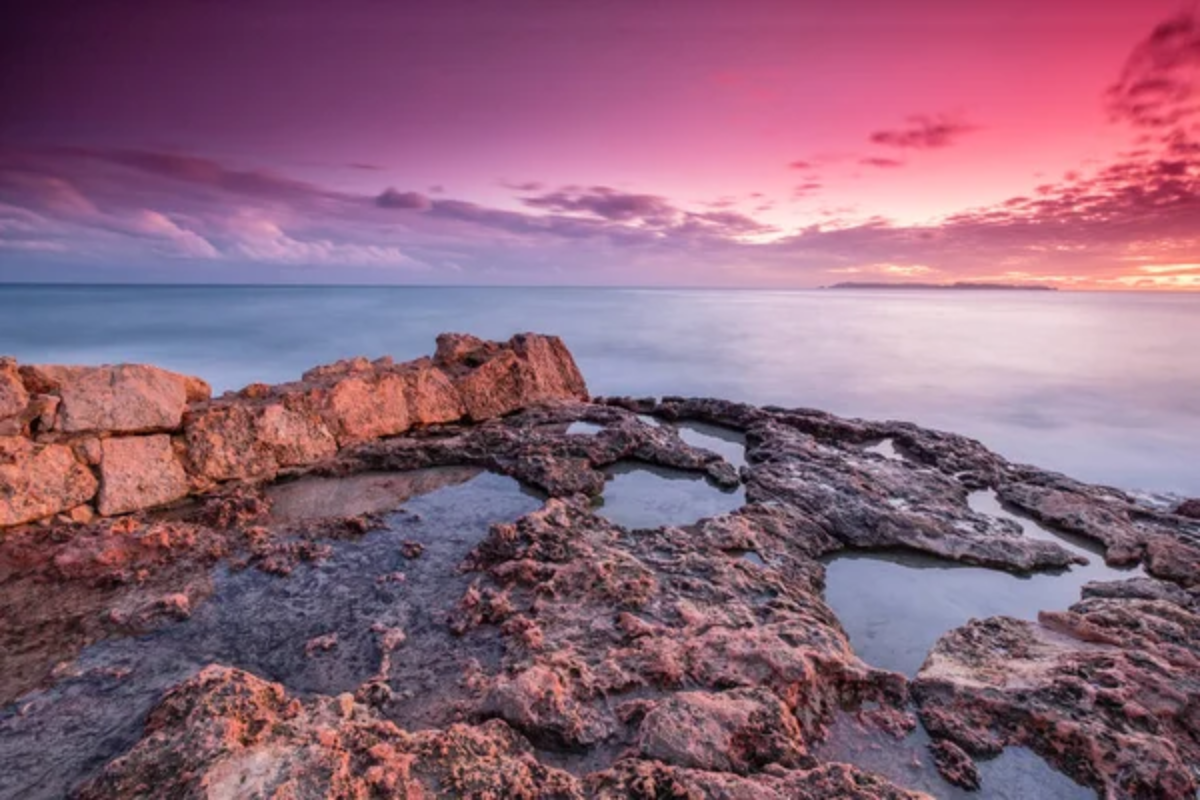
These hidden Mediterranean islands represent increasingly rare opportunities to experience traditional lifestyles gradually disappearing elsewhere across the region. Their relative isolation preserved cultural practices, architectural styles, and natural environments increasingly difficult to find on more accessible shores.
While tourism inevitably brings change even to these remote locations, their continued existence provides crucial windows into Mediterranean heritage beyond postcard views and crowded beaches, offering authentic connections to traditions worth crossing oceans to experience.
More from Travel Pug

- Cities Growing so Fast You Won’t Recognize Them in 10 Years
- 13 Destinations Where Tourists Regularly Regret Their Trip
- 16 U.S. Cities That Are Quietly Becoming Travel Hotspots
- Where to Travel If You Love Long Bus Rides and Daydreams
- 20 Cities Perfect for Solo Travelers Who Crave Adventure & Culture
Like Travel Pug’s content? Follow us on MSN.
